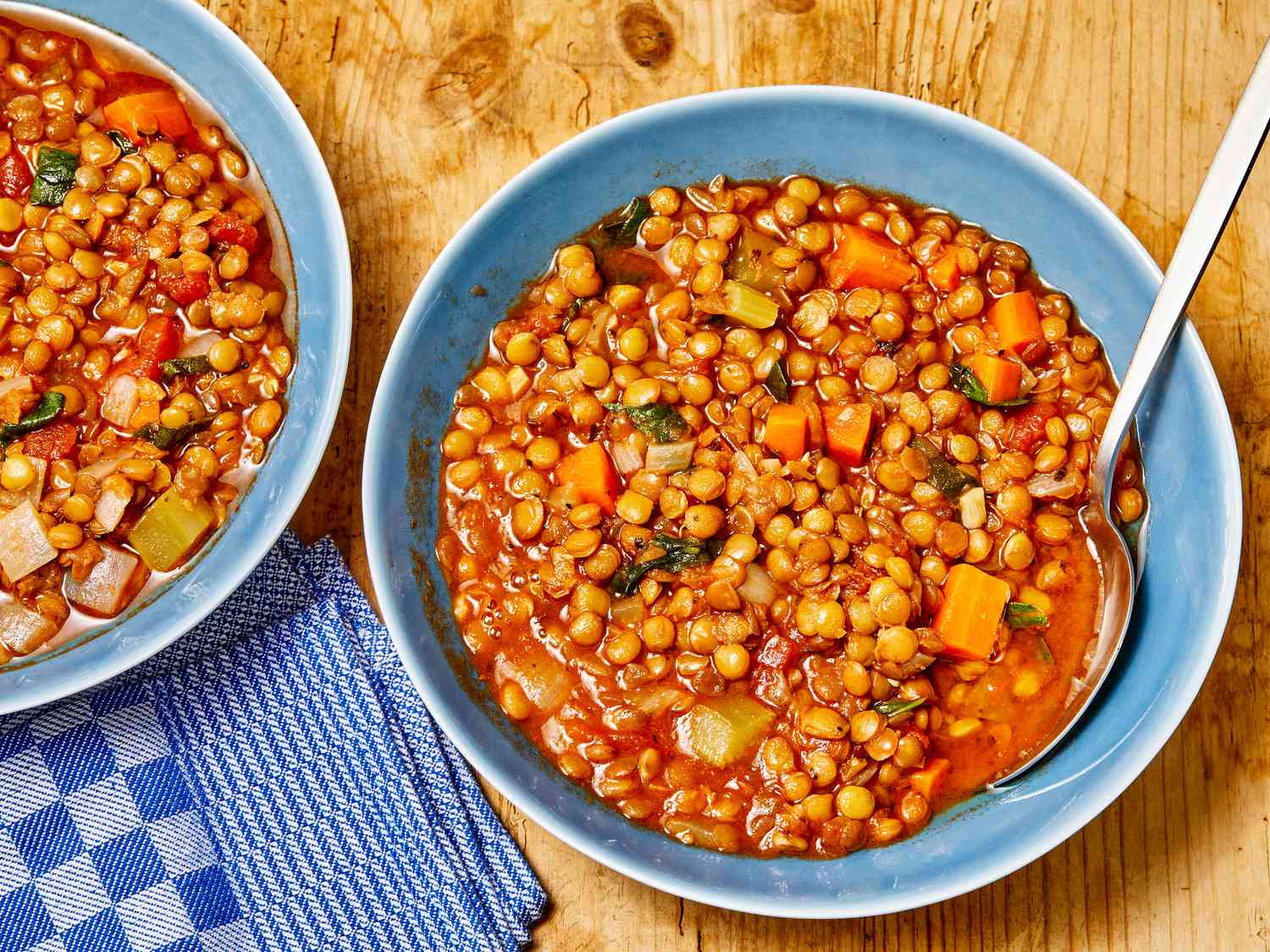
Lentils are tiny, lens-shaped legumes packed with nutrients and history. Ever wondered why they’re a staple in many diets worldwide? Lentils offer a powerhouse of protein, fiber, and essential minerals, making them a go-to for vegetarians and health enthusiasts alike. These humble seeds come in various colors, each with unique flavors and uses. From hearty soups to refreshing salads, lentils can transform any dish into a nutritious feast. But there’s more to lentils than just their culinary versatility. They’ve been cultivated for thousands of years, playing a crucial role in ancient civilizations. Ready to learn some intriguing facts about these mighty legumes? Let’s dive into the world of lentils and uncover what makes them so special!
Key Takeaways:
- Lentils are a nutritional powerhouse, packed with protein, fiber, and essential nutrients. They offer numerous health benefits, making them a great addition to any diet, especially for vegetarians and vegans.
- There are various types of lentils, each with unique flavors and textures. From brown to red to black, lentils can be used in soups, salads, and even veggie burgers. They are not only good for you but also for the planet, with their cultivation having several environmental benefits.
Nutritional Powerhouse
Lentils are tiny but mighty when it comes to nutrition. Packed with essential nutrients, they offer numerous health benefits.
- Lentils are rich in protein, making them an excellent meat substitute for vegetarians and vegans.
- They contain high levels of fiber, which aids in digestion and helps maintain a healthy gut.
- Lentils are a great source of iron, essential for producing red blood cells and preventing anemia.
- They provide a good amount of folate, crucial for pregnant women to support fetal development.
- Lentils are low in fat and calories, making them a healthy addition to any diet.
Varieties of Lentils
Lentils come in various types, each with unique flavors and textures. Knowing the different kinds can help you choose the best one for your dish.
- Brown lentils are the most common type, known for their earthy flavor and ability to hold shape after cooking.
- Green lentils have a slightly peppery taste and firm texture, perfect for salads.
- Red lentils cook quickly and become soft, making them ideal for soups and stews.
- Black lentils, also known as beluga lentils, resemble caviar and have a rich, earthy flavor.
- Yellow lentils are often used in Indian cuisine for making dal.
Health Benefits
Incorporating lentils into your diet can lead to numerous health improvements. Here are some of the benefits you can enjoy.
- Lentils can help lower cholesterol levels due to their high fiber content.
- They are beneficial for heart health, reducing the risk of heart disease.
- Lentils can aid in weight management by keeping you full longer.
- They help regulate blood sugar levels, making them a good choice for diabetics.
- Lentils support bone health due to their calcium and magnesium content.
Cooking with Lentils
Lentils are versatile and can be used in various dishes. Here are some interesting ways to cook with them.
- Lentils can be used to make a hearty soup or stew.
- They are perfect for a salad base, adding texture and protein.
- Lentils can be mashed and formed into patties for veggie burgers.
- They can be used as a filling for tacos or burritos.
- Lentils can be added to casseroles for extra nutrition and flavor.
Environmental Impact
Lentils are not only good for you but also for the planet. Their cultivation has several environmental benefits.
- Lentils require less water to grow compared to other crops.
- They help improve soil health by fixing nitrogen, reducing the need for chemical fertilizers.
- Lentil farming produces fewer greenhouse gases, making it a more sustainable choice.
- They can be grown in dry climates, making them a resilient crop.
- Lentils contribute to biodiversity, supporting various ecosystems.
Historical Significance
Lentils have been a staple in diets around the world for thousands of years. Their history is as rich as their nutritional profile.
- Lentils are one of the oldest cultivated crops, dating back to 8000 B.C.
- They were a staple in ancient Egyptian and Roman diets.
- Lentils are mentioned in the Bible, highlighting their long-standing importance.
- They have been a key part of Indian cuisine for centuries.
- Lentils were used as a form of currency in some ancient cultures, showcasing their value.
Lentils: More Than Just a Legume
Lentils pack a punch when it comes to nutrition and versatility. These tiny legumes are rich in protein, fiber, and essential vitamins. They’re a staple in many diets worldwide, offering a sustainable and affordable source of nutrients. From soups to salads, lentils can be used in countless dishes, making them a kitchen favorite.
Beyond their culinary uses, lentils also benefit the environment. They improve soil health by fixing nitrogen, reducing the need for synthetic fertilizers. This makes them a sustainable choice for farmers and consumers alike.
Whether you’re looking to boost your diet or make eco-friendly choices, lentils are a fantastic option. So next time you’re at the grocery store, grab a bag of lentils and get creative in the kitchen. Your body and the planet will thank you.
Frequently Asked Questions
Was this page helpful?
Our commitment to delivering trustworthy and engaging content is at the heart of what we do. Each fact on our site is contributed by real users like you, bringing a wealth of diverse insights and information. To ensure the highest standards of accuracy and reliability, our dedicated editors meticulously review each submission. This process guarantees that the facts we share are not only fascinating but also credible. Trust in our commitment to quality and authenticity as you explore and learn with us.


